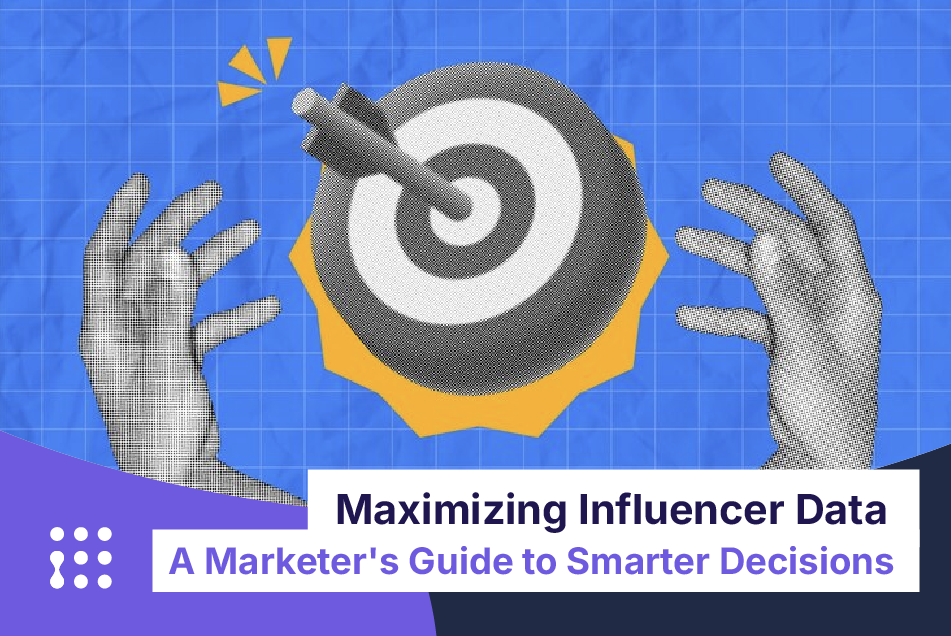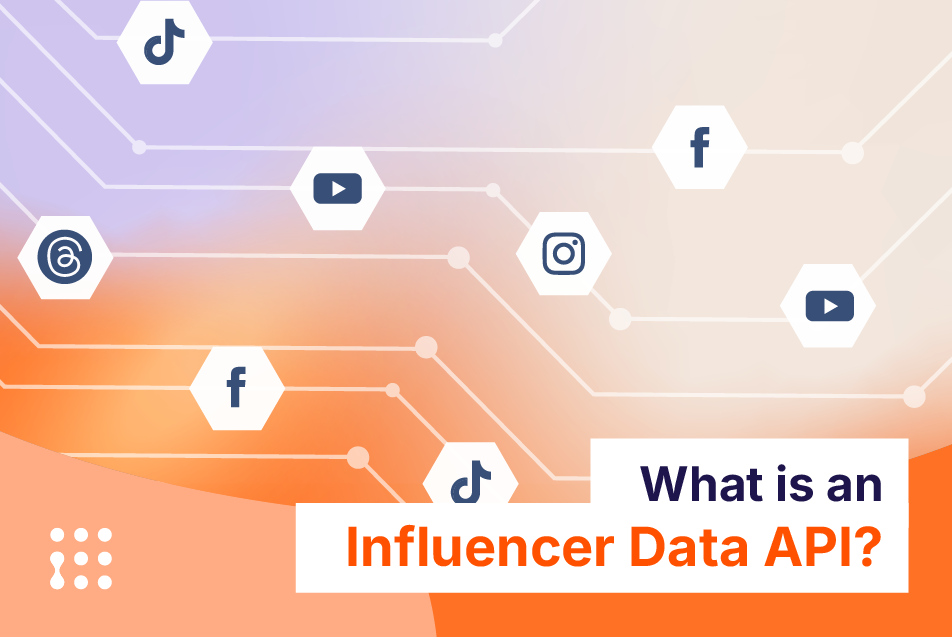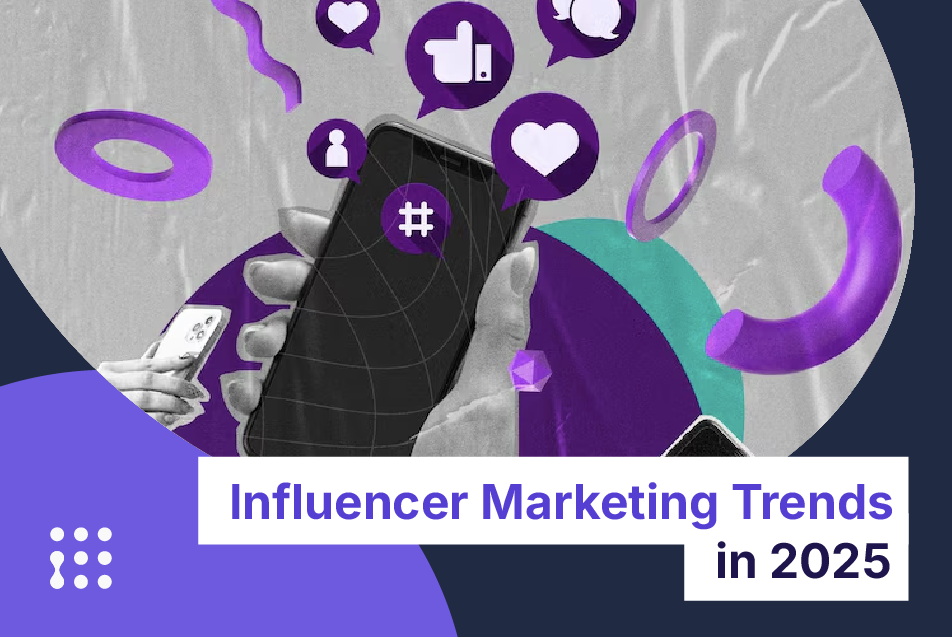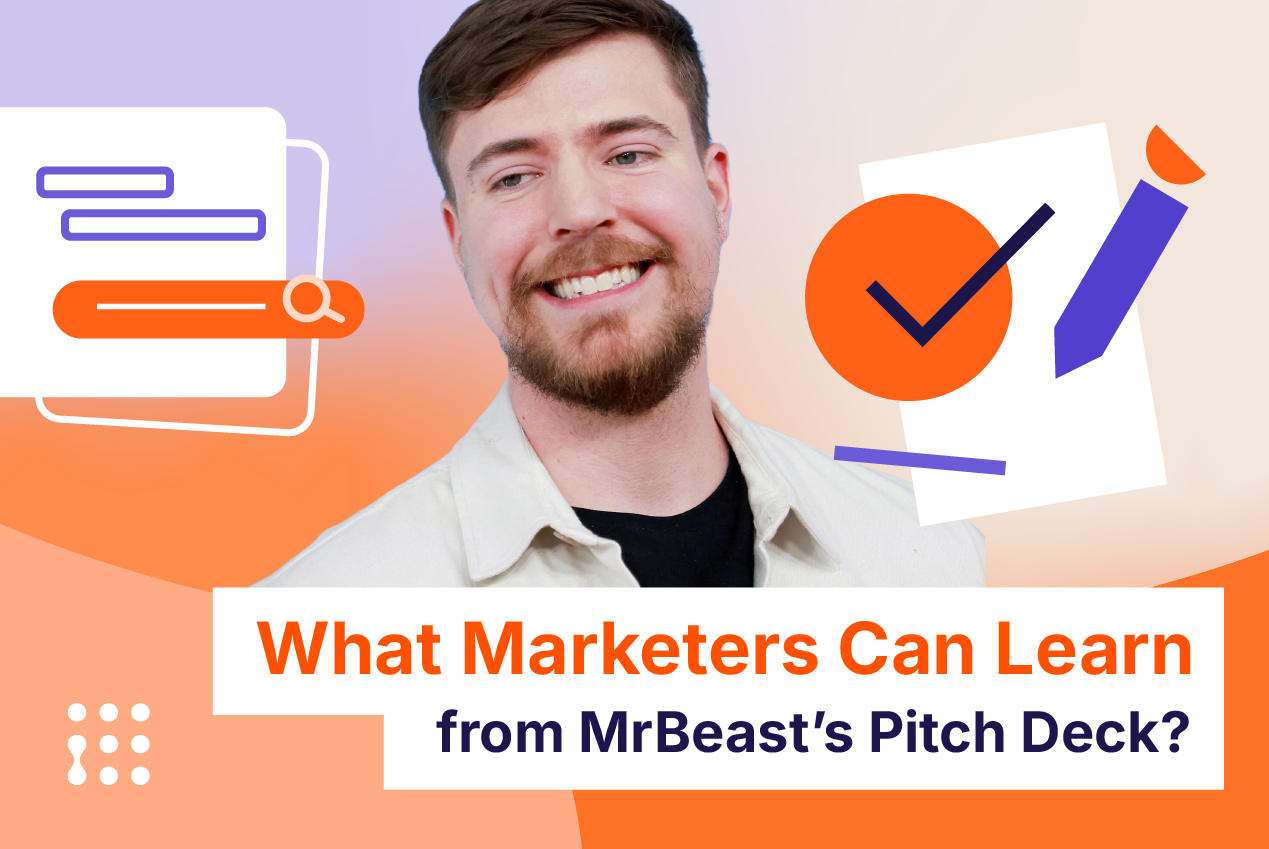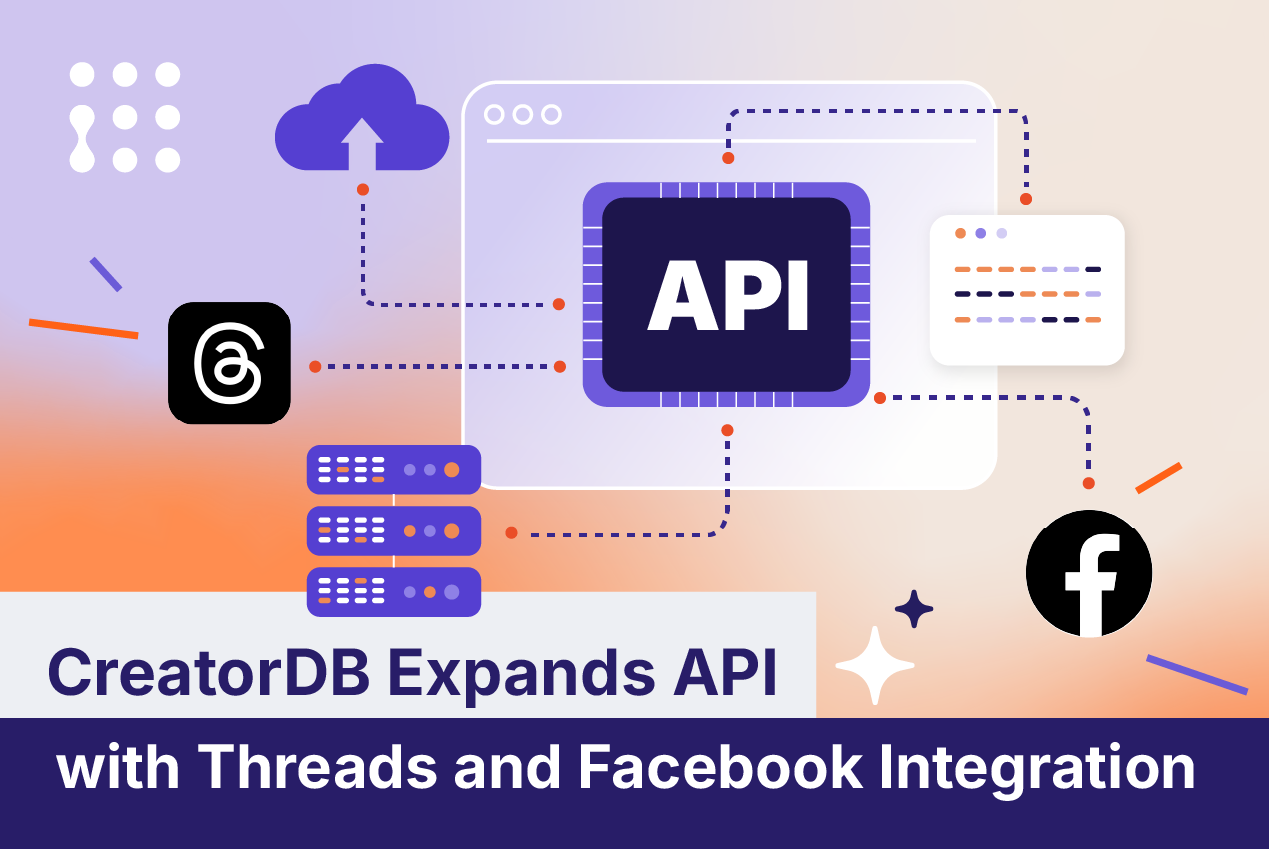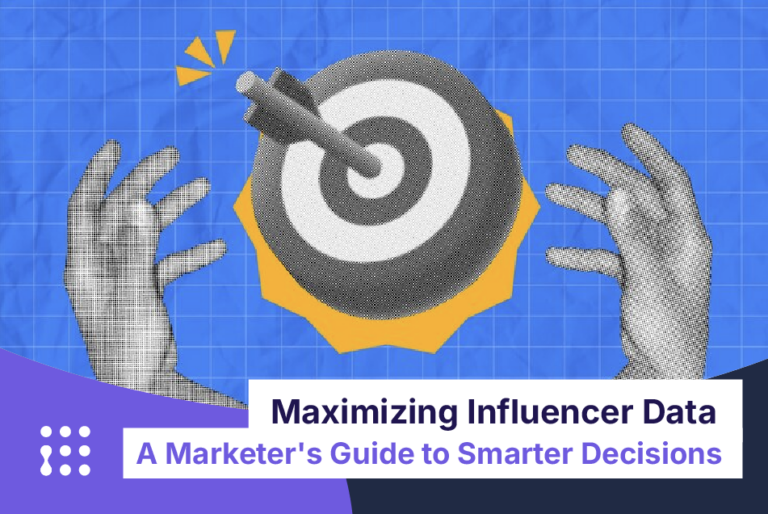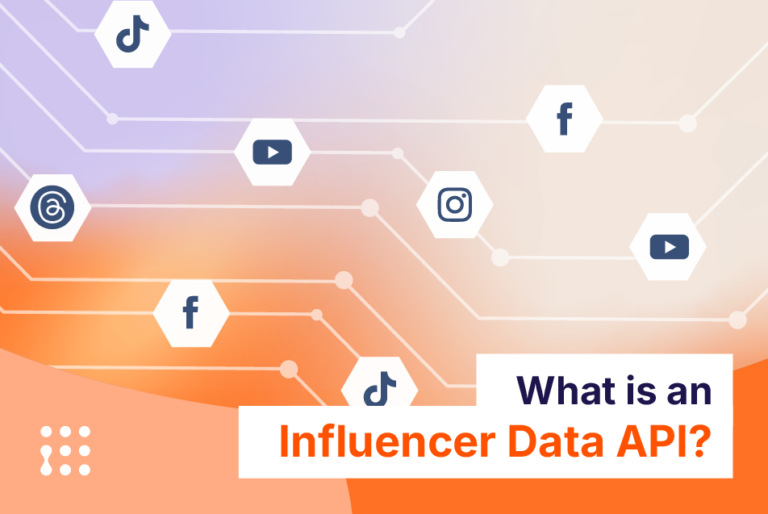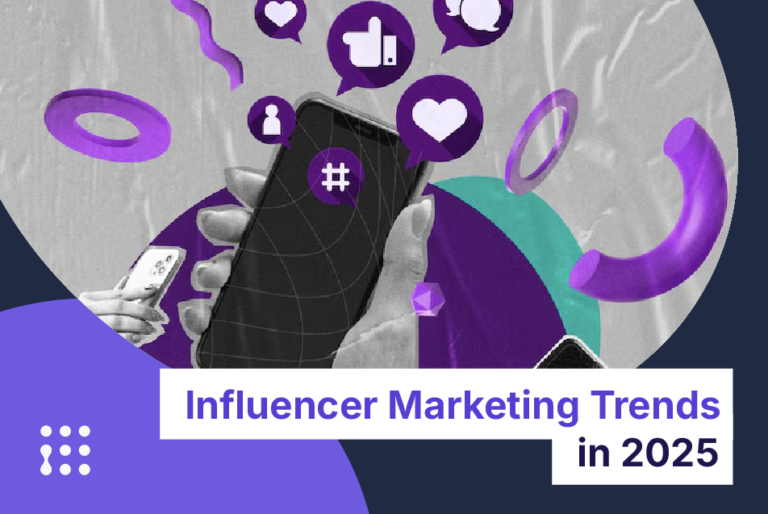Influencer marketing is rapidly evolving. If brands want to stay current and competitive in this game, keeping up with the latest trends is a must + the easiest way.
By regularly refreshing industry knowledge, brands can take advantage of new opportunities, stay ahead of their competitors, and ultimately achieve their marketing goals.
What are the top influencer marketing trends in 2024 we should watch? Keep reading to find out.

Are you struggling to find the right Influencer?
Before we dive in, what is influencer marketing?
Influencer marketing is a modern marketing strategy where brands collaborate with individuals with a significant and active following on social media platforms such as Instagram, TikTok, and YouTube
By partnering with the right influencer, brands can leverage the influencer’s credibility and authenticity to build trust with their followers and achieve their marketing goals. In the end, drive more conversion and sales.
Recommend reading: Find the Right Influencers For Your Brand (Free + Paid) – The Ultimate Guide
Why is influencer marketing important for your brand?
Influencer marketing can help brands leverage the influencer’s credibility and authenticity to build trust with their audience and achieve their marketing goals. In other words, it makes people feel more connected to your brands and products.
Plus, data showed that 89% of marketers report that the ROI from influencer marketing is better than other marketing channels.
Most importantly, for brands, influencer marketing can drive sales organically and provide valuable insights with the right tool for modern marketing strategies. This way, brands can ensure to always remain on top of the game in the social media world.
Top influencer marketing trends in 2024
1. Social and shopping will be more connected
Instagram, TikTok, and Facebook are all working to introduce ways for users to shop without leaving the platform. Implementing direct-to-shop solutions allows these platforms to improve their monetization and capitalize on influencers.
By merging the social experience with shopping, these services can tighten the influencer-to-purchase pipeline and improve their ability to track influencer marketing campaigns even further, strengthening their monopoly on user behavior data.
Recommended reading: What is Social Commerce and its Impact on Shopping
For users, social shopping will translate into a frictionless experience from product discovery to purchase. In addition, it will reduce the need to provide payment information to untrusted third parties.
For marketers, it means easier implementation of sales campaigns and conversions.
Example
British fashion retailer Rebellious Fashion has adopted TikTok Shopping features to smoothen the collaboration with creators on the platform and allow users to shop directly when they see a fit they like.
Thanks to this approach they boosted their sales by 400% with 80% of them coming from affiliates.
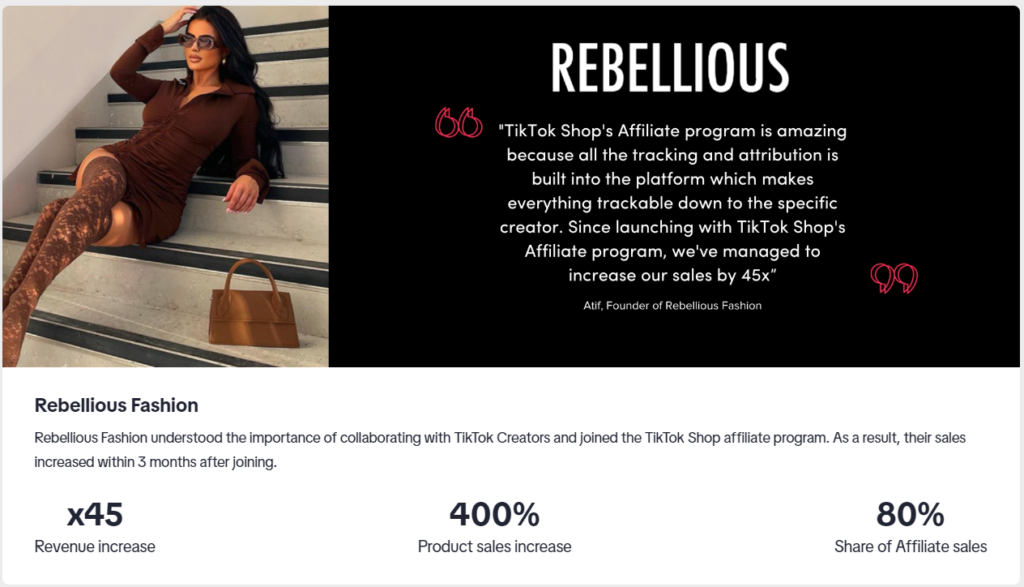
2. Micro-influencers will remain in the spotlight
This is not news to anyone who is following the influencer marketing scene: micro-influencers are far from being dethroned.
While they may not make headlines like Snoop Dog, they drive true results. Combining highly engaged audiences, segmented niches, and localization, they will continue to be the top choice for marketers.
Recommended reading: A Smarter Way to Plan Campaign with Micro-influencers
Established brands like Nike and Airbnb routinely create micro-influencer campaigns to complement their more attention-grabbing campaigns with celebrities. By doing so, they ensure that they cover all bases and appeal to as many people as possible.
Brands that rely on micro-influencers will not only see all the benefits that they bring but their social proof and perception in the eyes of the influencers following will also be enhanced.

Are you struggling to find the right Influencer?
3. AI will reach deep into the creator economy
By the headline, we don’t simply mean more videos of robotic voices reading Reddit posts. But everything in the creator economy.
We expect AI to be combined increasingly with influencers’ campaigns to generate fresh and unexpected takes and campaigns.
This may come in the form of virtual influencers but also better ways to generate backgrounds and imagery for influencers in the flesh.
Thanks to generative AI’s availability, brands and influencers will be able to obtain uncanny features more easily.
Recommended reading: Why You Should Learn More About AI Influencers
Example
French underwear brand Undiz used AI-generated images instead of human models in a recent campaign. It’s hard to identify whether the strikingly refreshing visual was an AI-made campaign.

4. Analytics base campaigns will be the norm
Marketers used to consider the result of influencer marketing untrackable. However, modern software solutions and data-collecting services have changed this preconception.
They will bring more data into influencer marketing and establish data-backed campaigns at the core of influencer marketing.
This is also a point to consider before working with influencer marketing agencies. It’s essential to know if they use data-backed solutions to support their campaign execution so that you can make sure your budget and time go to the right place.
Recommended reading: Did You Hire the Right Influencer Marketing Agency?
5. Long-term collaborations are going to be the norm
Brands are discovering that collaborations don’t have to be one-and-done.
Having long-lasting partnerships with relevant influencers will not only result in better-priced deals but also show the company’s interest in supporting content creators in its field.
Recommended reading: When Talk About Influencer Collaboration, Think Long Term
In a sense, brands are going to move partnerships from a purely economic view to a more patronage view.
While ROI will always be in the back of every marketer’s mind, from time to time, it will be savvy to sponsor projects that may not have an immediate return but will establish your brand name in the niche.

Are you struggling to find the right Influencer?
Example
Red Bull wants its brand to be associated with energy, sports, and performances, so it sponsors many extreme athletes and stunts.
While it may not be common for people to see a man jump from space, breaking the world record for supersonic freefall, and immediately buy a case of Red Bull, the stunt successfully garnered notoriety and connected the brand with extreme feats.
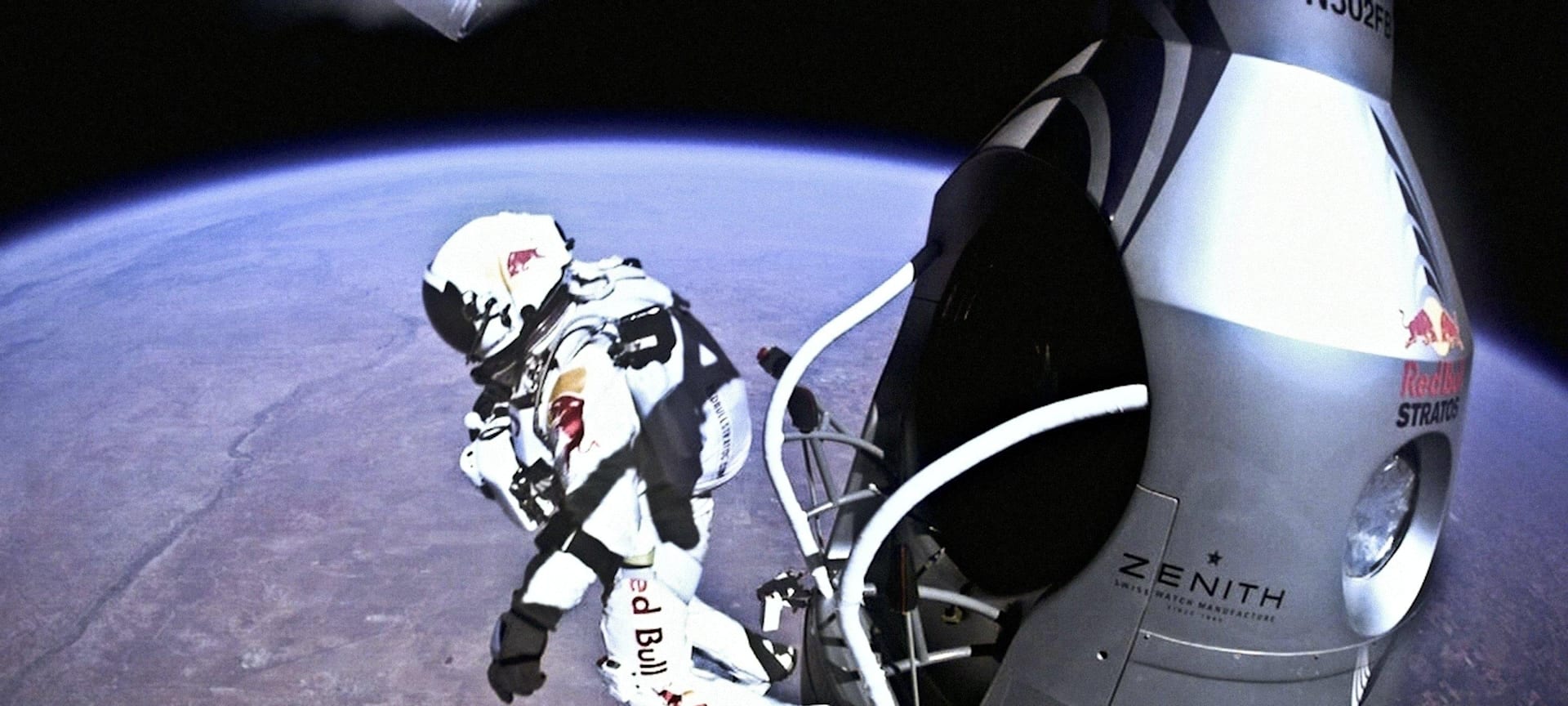
While RedBull and a few others have been taking this approach for years, most brands still miss out on consolidating their presence in key niches.
With this blog post, we hope you will understand the importance of keeping up with the industry trends and how it can help you stay ahead in the game.
Conclusion
Influencer marketing is always on the move, and keeping up with the latest trends is key for brands to stay ahead of the game. From cutting-edge tech to shifting consumer behavior, staying current with influencer marketing trends is vital to your success.

